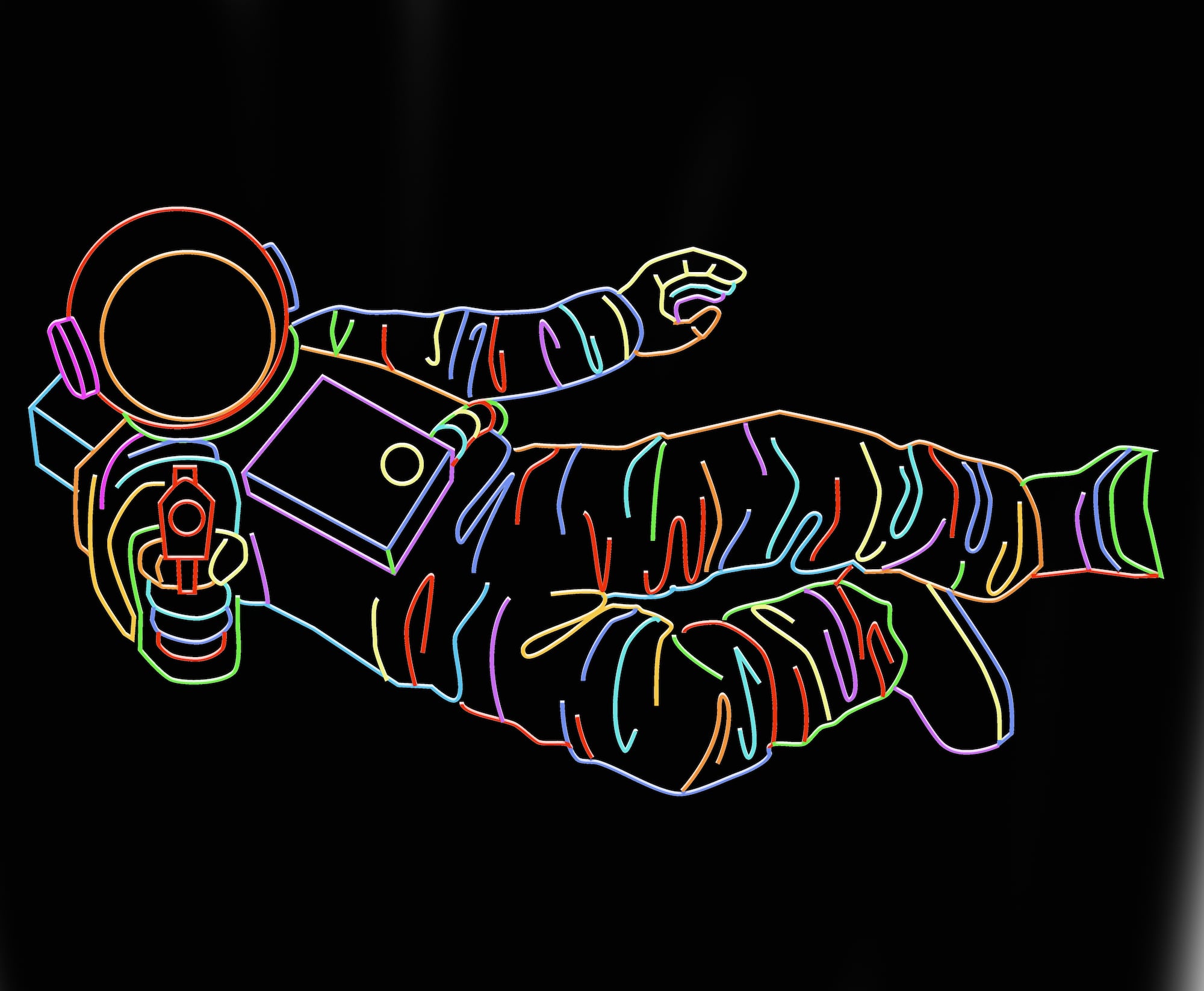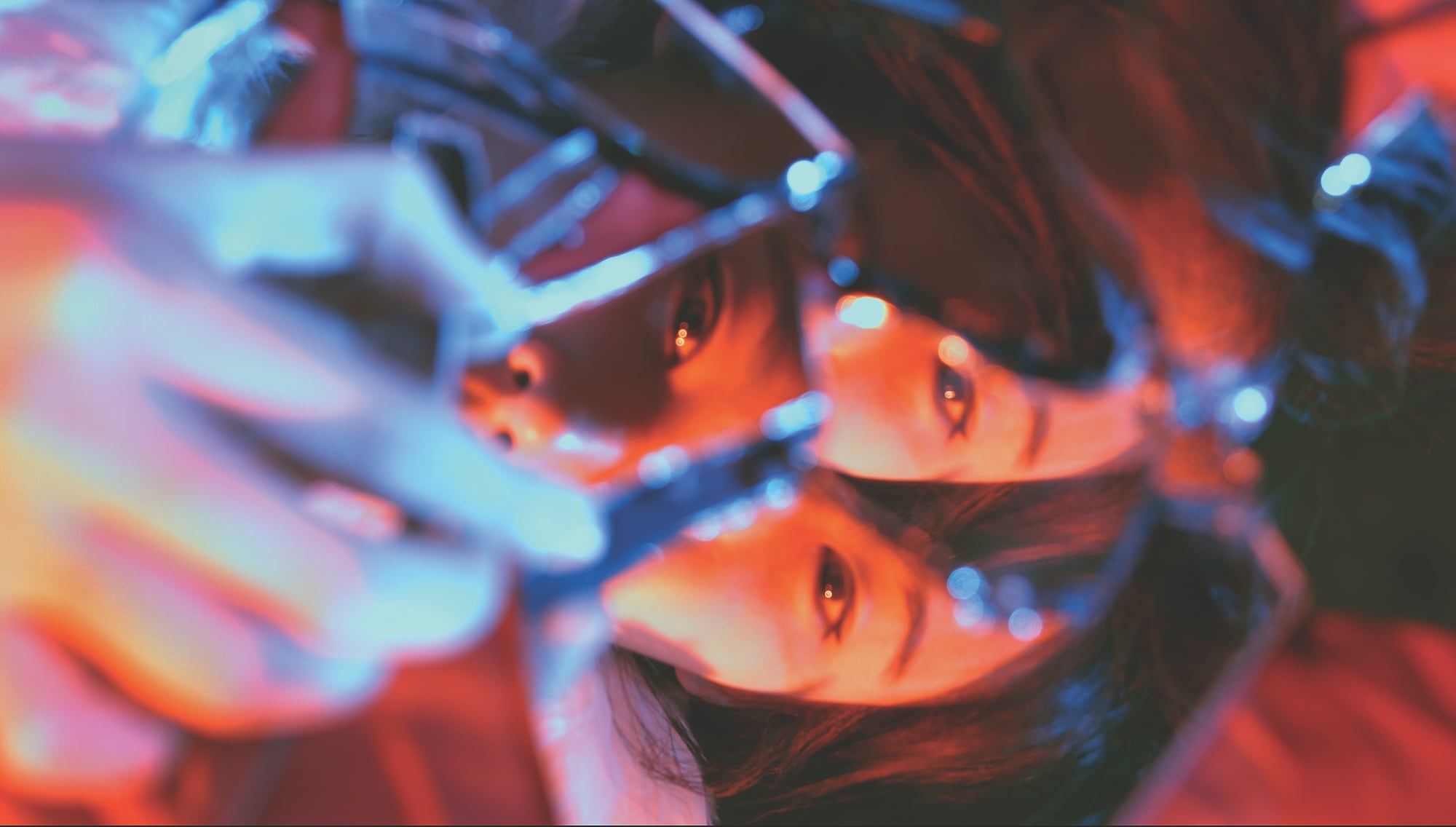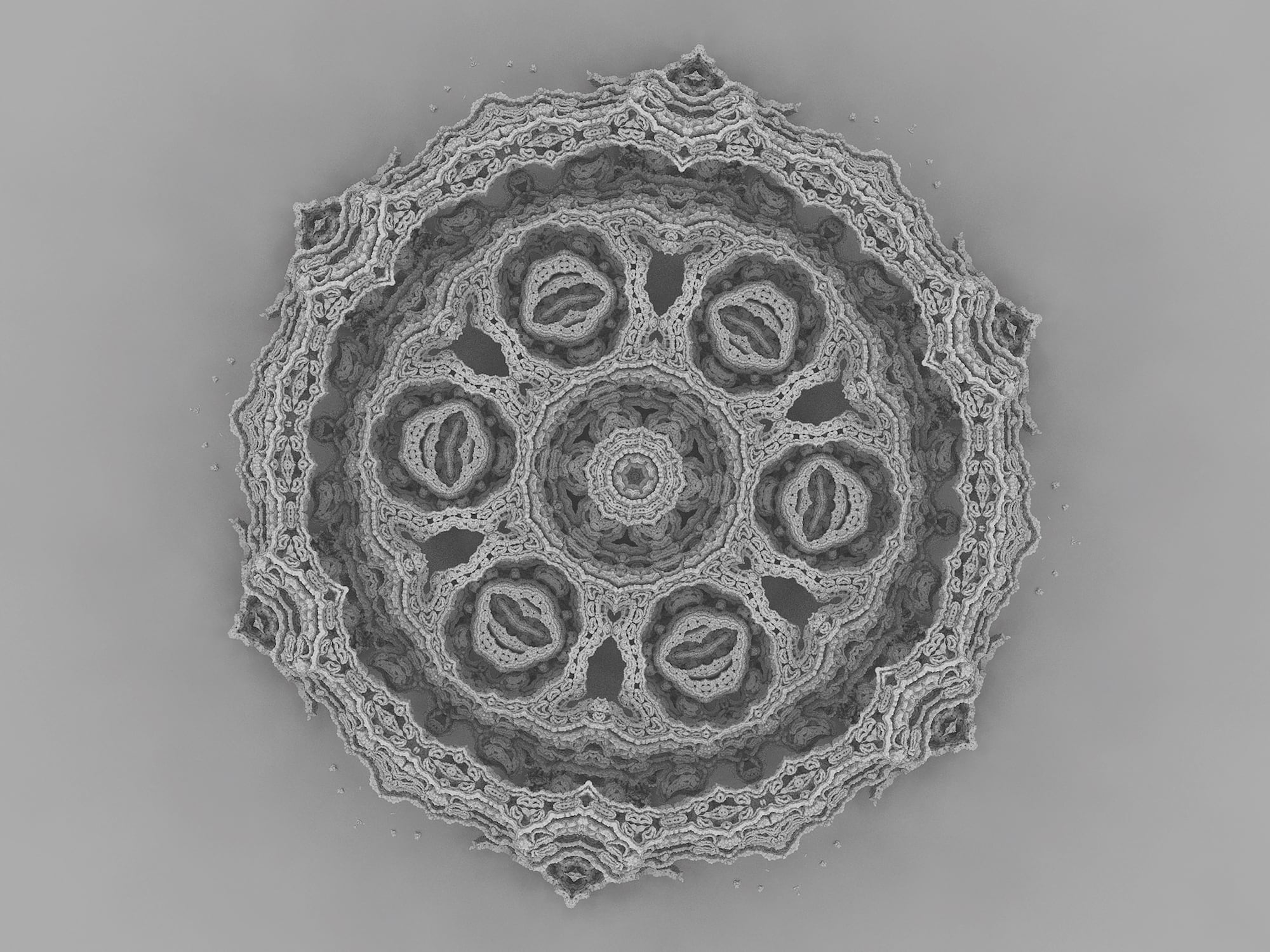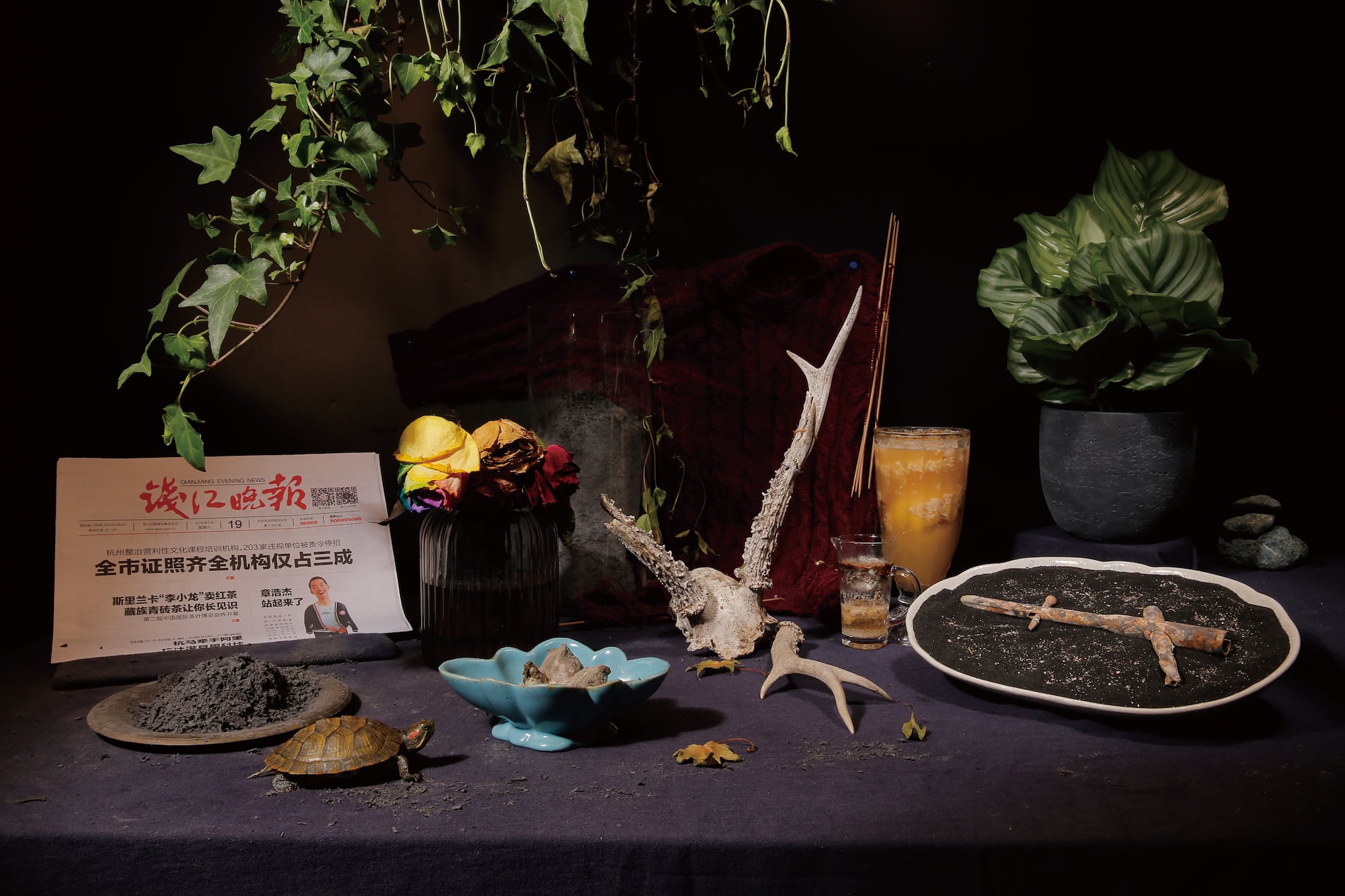
LUXE LIFE Interview with Johnson Chang

Remote Area Of Red, 2017
Video still
Prolific Chinese collector and curator has been one of the main patrons of Chinese contemporary art. Co founder of the Asia Art archive Chang has played a significant role in the projection of contemporary art across the globe. Chang has been collecting Chinese contemporary art since the 1980s and has developed a unique and relevant collection. His many exhibitions at prestigious events such as the Venice Biennial or the Sao Paulo Biennial have made Chang one of the most respected and important figures in the contemporary art world. Chang co-curated and presented the Resolution district exhibition at this year’s fifth edition of Start 2018, having brought China’s most solicited and talented artists to central London. Start Art fair is, in essence, a reunion and celebration of international art. Artists from Korea, China and Africa congregate in a great space. Nurturing international talent providing support and recognition to rising artists. Will of Faith is this year leading exhibition. Challenging the concept of faith and its importance in society and nationhood. The exhibition challenges faith, politics, identity, and utopia through the artists perspective. Emphasizing the power of faith and its place in the modern world.

Where did you find your interest in art and collecting?
I became interested in art as a schoolboy. At first, it was the attraction of pictorial images, but as I got to know more about artists and the diverse approaches to expressing feelings and ideas, I started to take art as a tool to grasp emotional issues and intellectual ideas. Art became a thinking habit, and collecting was the natural expression of the urge to possess the physical body of a beautifully expressed emotion, a sensually formed idea, or the mood of a historical era. Collecting is perhaps simply the urge to be part of a special world.
How has your collection developed over the years?
I cannot claim to be a serious collector as I do not have the instinct and drive to pursue objects for the sake of completing the puzzle of a certain complete picture.
I did start to work as a gallerist in order to immerse myself in art, therefore acquiring objects is a daily seduction that I face, and often enough I succumb to it. Over the years I have moved in many directions and looking back, it is pondering on the things acquired that often teach me things I do not know about myself; they make clear unarticulated concepts and obsessions that become apparent through the juxtaposition of seemingly unrelated objects.
How has Chinese art evolved through recent times?
The radical change in chinese culture and politics in modern times has moved in a parallel path with that of art, and art objects speak to us as evidence of this change. They also tell us about things and passions that have persisted over time, which I find reassuring in this era of rapid change and revolutions.
What draws you to a specific painting. Is historical context an important part?
Historical context is important only after the art speaks to you. Otherwise one might as well read a book on history. Historical context helps the viewer to be delivered into other times, and it helps him to appreciate the artist’s particular way of shaping his sensibility. That is why contemporary art is so attractive to people today; things change so quickly, we all need to find ways to grasp the world around us and find ways to relate to it. This is what contemporary art does for us.
What is the significance of curating and displaying Chinese contemporary art across the globe?
Art is about values and concerns that should be universally understood; by displaying art from a particular culture in an international context challenges the art to account for itself, it also promotes understanding in ways that cannot be done through intellectual and economic exchanges.
The premise of universality in art is probably the reason we are seeing so many international biennials being created around the globe in recent decades.
What do you think is people’s interpretation of Chinese contemporary art?
Interpretation is what exhibitions look for, the more interpretations the better; it enriches the art. Chinese contemporary art is complex because Chinese culture has gone through a turbulent century of revolutions that have not seen the end of the road. The fresh challenge of technological revolution today compound the uncertainty and complexity of contemporary culture. Technological transformation of everyday life is a global challenge; what chinese art brings to the platform is only one proposition among many other possibilities.
How does today’s geopolitical and economic context influence contemporary Chinese art?
One cannot speak about culture and art production in today’s world without thinking about geopolitics and economic dynamics. Art articulates these issues in ways outside of the political-economic sphere. One might say that art is the special open platform each country provides for local experimentation and international interaction.
Johnson Chang was interviewed by Sebastian Marc during START at Saatchi Gallery LONDON.

Mandala, 2016
A video installation by Wang Zhi Peng on the “fractal” structure. Focuses on the fractal image represented by the mathematical concept of “fractal” and excavates, thinks, and asks questions. The theoretical and aesthetic values behind the fractal images are related to the nature and religion of the universe. Wang Zhi peng, meaning behind imagery and pattern by studying the mathematical ‘fractal’.





